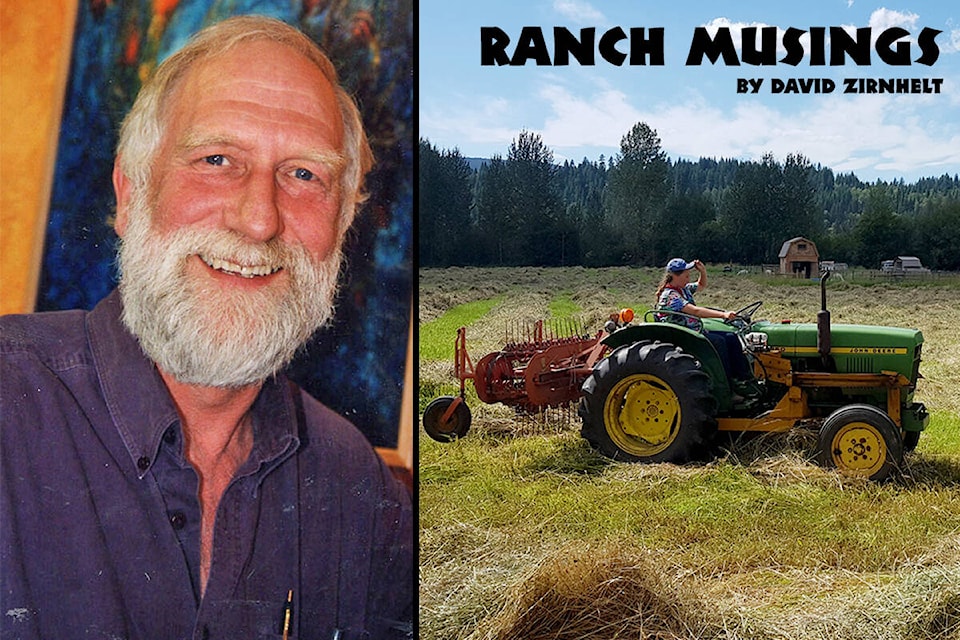During the past week calf prices in Alberta have gone up slightly. Many producers will be closely watching what is happening in case they think early sales may be higher than those sales later in the fall.
However selling early means the cattle have to come in off the range. Ranges can be large places so as long as the weather is mild the cows won’t be in a rush to come home.
We can put salt out closer to home to encourage them to stay close if they drift home now. Ideally ranches have fall pasture that cows are used to arriving at. But if there has been moisture (rain) then regrowth in late summer early fall is a given and this fresher feed will incent the cows to stay off the summer range.
Habit is a great thing if it is a good habit. A good habit for the cows is to come home now, bring their calves with them. If a ranch operation sells yearlings then this is not so important.
It is the pattern that when the large majority of calves come in to the sale yards the prices soften somewhat.
READ MORE: RANCH MUSINGS: Shifting gears from haying to marketing
The shortage of hay in western Canada has prompted some sell off. Producers are hoping that AgriRecovery which provincial governments are launching with federal cost-sharing (usually 60-40 with Canada picking up the larger part).
Cattlemen in Saskatchewan had wanted $400 per cow, but their program covers only $200. The $400 is their calculation of the extra feed cost due to the drought shortages of hay and substitute feedstocks such as grain straw and pea ( and other pulse) straw.
There are reports of hay coming in from Eastern Canada to help out the West’s shortages. This is motivated by the last time there was major shortfall in the East when Western producers organized shipments of feed to that region.
In the background there are predictions of higher cattle prices to come, but one has to survive for another day. It has been said that a ranch can’t feed its way out of a drought, rather just sell down and build up again in the years to come.
What does $200 per head assistance cover? That would be barely half the cost of buying hay for the cow for the winter. A cow will eat two to three tons of hay depending on the size. Figure a minimum of $200 per ton.
Grain seems to be high, since most of the harvest is not in yet. So that is not an economical substitute for hay.
Hanging on and not liquidating the mother cow herd is a calculation each of us has to make for our own operation.
The “buy low and sell high” strategy means moving cattle on and off the ranch.
These are tough decisions — those brought about by drought. In the Eastern Cariboo we are accumulating ground moisture. When will it be enough?
Because there are several programs that can help, I encourage producers to call the Ministry of Agriculture for guidance.
David Zirnhelt is a rancher and member of the Cariboo Cattlemen’s Association. He is also chair of the Advisory Committee for the Applied Sustainable Ranching Program at TRU.
Do you have a comment about this story? email:
editor@wltribune.com
Like us on Facebook and follow us on Twitter.
